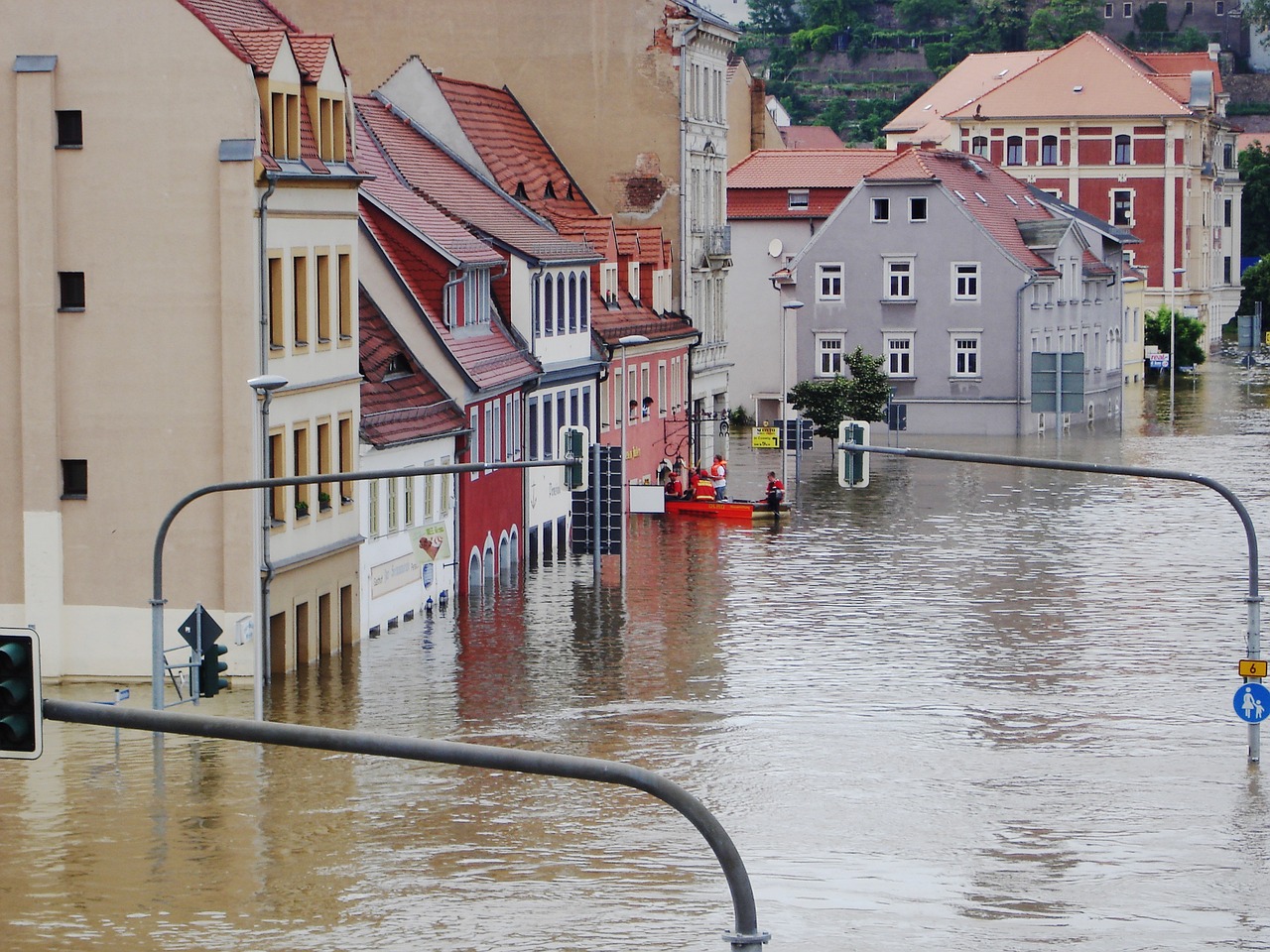Natural disasters, such as floods, can devastate communities and leave homeowners grappling with significant financial losses. In the United States, floods are one of the most common and costly natural disasters, making flood insurance a crucial consideration for homeowners in vulnerable areas.
What is Flood Insurance?
Flood insurance is a specialized insurance policy designed to cover property loss and damage caused by flooding. It is important to note that standard homeowners’ insurance policies typically do not cover flood damage. Therefore, homeowners who live in flood-prone areas or near bodies of water should consider purchasing separate flood insurance to protect their investment.
Why Do You Need Flood Insurance?
- Protection Against Financial Loss: Flood damage can be expensive to repair, often exceeding tens of thousands of dollars. Without flood insurance, homeowners would bear the full cost of repairing or rebuilding their homes and replacing personal belongings damaged by flooding.
- Mandatory Requirements: If you live in a high-risk flood zone and have a mortgage from a federally regulated or insured lender, you are typically required to have flood insurance. Even if you are not in a high-risk zone, floods can still occur due to various factors, including heavy rainfall, snowmelt, or inadequate drainage systems.
- Peace of Mind: Having flood insurance provides peace of mind knowing that you have financial protection in case of a flood. It can help you recover more quickly and minimize the financial burden of rebuilding your home and replacing your possessions.
How Does Flood Insurance Work?
Flood insurance policies are usually offered through the National Flood Insurance Program (NFIP), which is managed by the Federal Emergency Management Agency (FEMA), although some private insurers also offer flood insurance. Here are some key points about how flood insurance works:
- Coverage Limits: NFIP policies typically cover up to $250,000 for the structure of the home and up to $100,000 for personal belongings. Private flood insurance policies may offer higher coverage limits and additional coverage options.
- Waiting Period: There is typically a 30-day waiting period from the date of purchase before a flood insurance policy goes into effect, so it’s important to plan ahead and not wait until a storm is imminent.
- Coverage Details: Flood insurance covers structural damage to your home, including the foundation, electrical and plumbing systems, appliances, and built-in furniture. It also covers personal belongings such as clothing, furniture, electronics, and valuables, although coverage for personal belongings is separate from coverage for the structure of the home.
How to Get Flood Insurance
To purchase flood insurance, you can contact your insurance agent or visit the NFIP website (www.floodsmart.gov) to find an insurance provider in your area. When obtaining flood insurance, consider the following:
- Evaluate Your Risk: Determine your flood risk by checking FEMA’s flood maps and consulting with local officials or insurance professionals.
- Understand Coverage Options: Compare different flood insurance policies to understand coverage limits, deductibles, premiums, and exclusions.
- Review Policy Carefully: Read your policy carefully to understand what is covered, what is not covered, and any specific conditions or limitations.
Conclusion
Flood insurance is a critical safeguard for homeowners living in flood-prone areas, providing financial protection against the devastating effects of flooding. By understanding your flood risk, evaluating insurance options, and purchasing adequate coverage, you can protect your home and belongings and gain peace of mind knowing that you are prepared for the unexpected.



